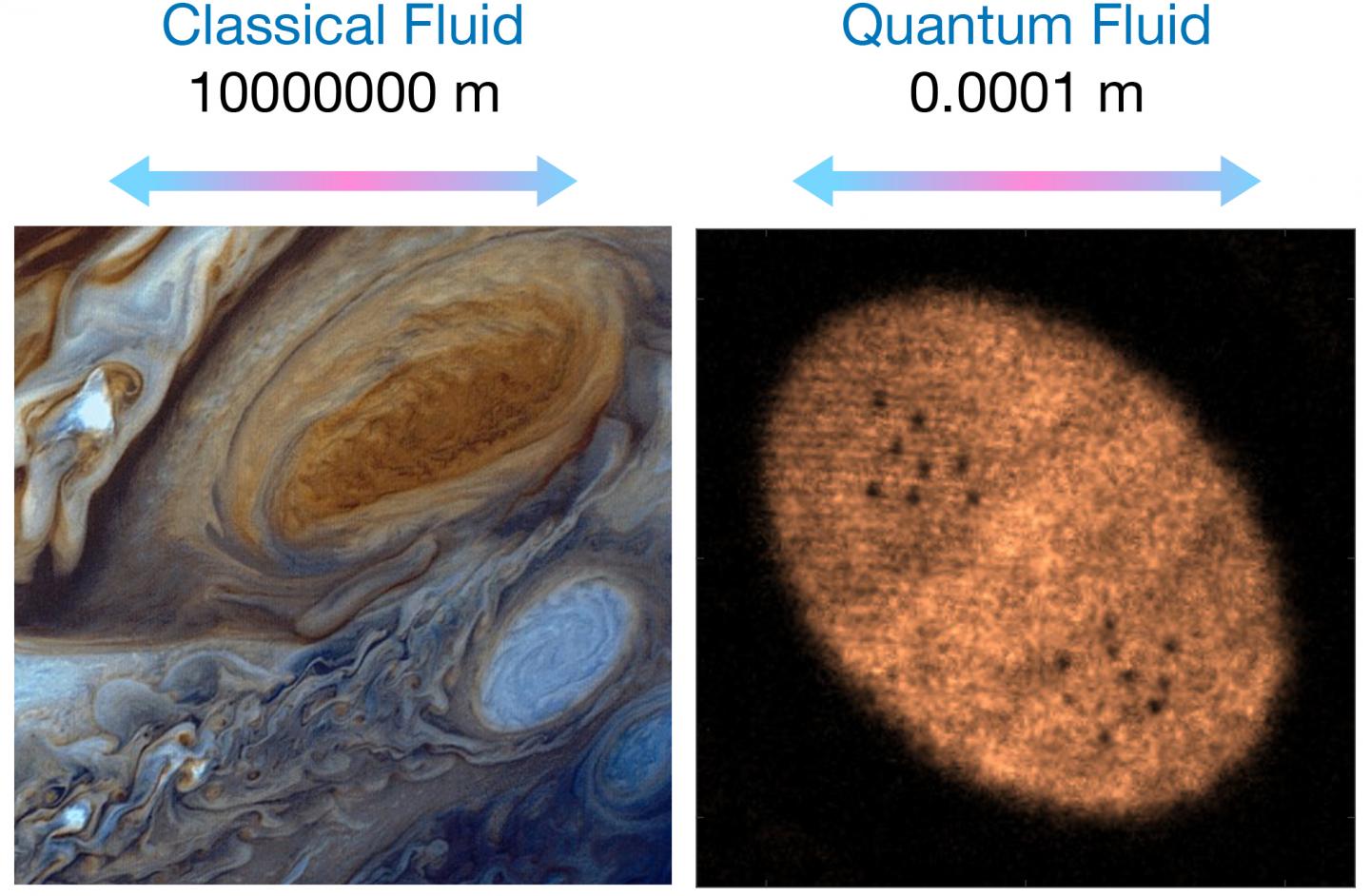
Credit: The University of Queensland
Pilots and air travellers know turbulence can be powerful, but science has struggled to fully explain the phenomenon.
Now, a University of Queensland study has confirmed a 70-year-old theory and is expected to help address “huge problems” in global engineering and transport.
Dr Tyler Neely from the ARC Centre of Excellence for Engineered Quantum Systems (EQUS) said enormous amounts of energy were used daily to transport all sorts of fluids through pipes all over the world.
“Turbulence physics also causes enormous inefficiency for moving vehicles such as ships,” Dr Neely said.
“Fluid has characteristic ways of flowing, but it goes into chaotic eddies when it gets out of equilibrium.
“Better understanding fluid turbulence has great potential to make many industry and transport functions cheaper and greener around the globe.”
Turbulence has absorbed scientific minds for five centuries, since Leonardo da Vinci coined the term la turbulenza.
To verify Nobel Laureate Lars Onsager’s 70-year-old fluid turbulence theory, UQ and Monash University physicists developed techniques to control and measure ultra-cold atom systems.
Dr Neely said Onsager’s theory only directly applies to quantum fluids called superfluids.
“The theory says if you add enough energy to a two-dimensional system, turbulence will cause giant vortices to appear,” Dr Neely said.
“Vortices are regions in fluid where flow revolves around an axis line – similar phenomenon can be seen in the atmosphere of the planet Jupiter.
“Our study created a superfluid by cooling a gas of rubidium atoms almost to absolute zero.
“We then precisely focussed laser beams to create vortices in the fluid, a technique similar to stirring a cup of tea with a spoon.
“It amazes me that we can do this with light and at such a small scale – the cores of the tiny vortices we created were about one tenth of the size a human blood cell.”
The study, appearing in Science (DOI: 10.1126/science.aat5718), was part of a collaboration with the Centre for Quantum Science at the University of Otago.
The Monash research furthermore confirmed Onsager’s theory of the formation of large-scale vortex structures.
“These studies explore the range of states that Onsager predicted,” Dr Neely said.
The discovery will help support the researchers’ next scientific foray, which involves understanding few-particle thermodynamics.
“Better experimental and theoretical understanding will help to better engineer new quantum machines, a key aspect of EQUS research,” Dr Neely said.
###
Media Contact
Dr Tyler Neely
[email protected]
Related Journal Article
http://dx.




